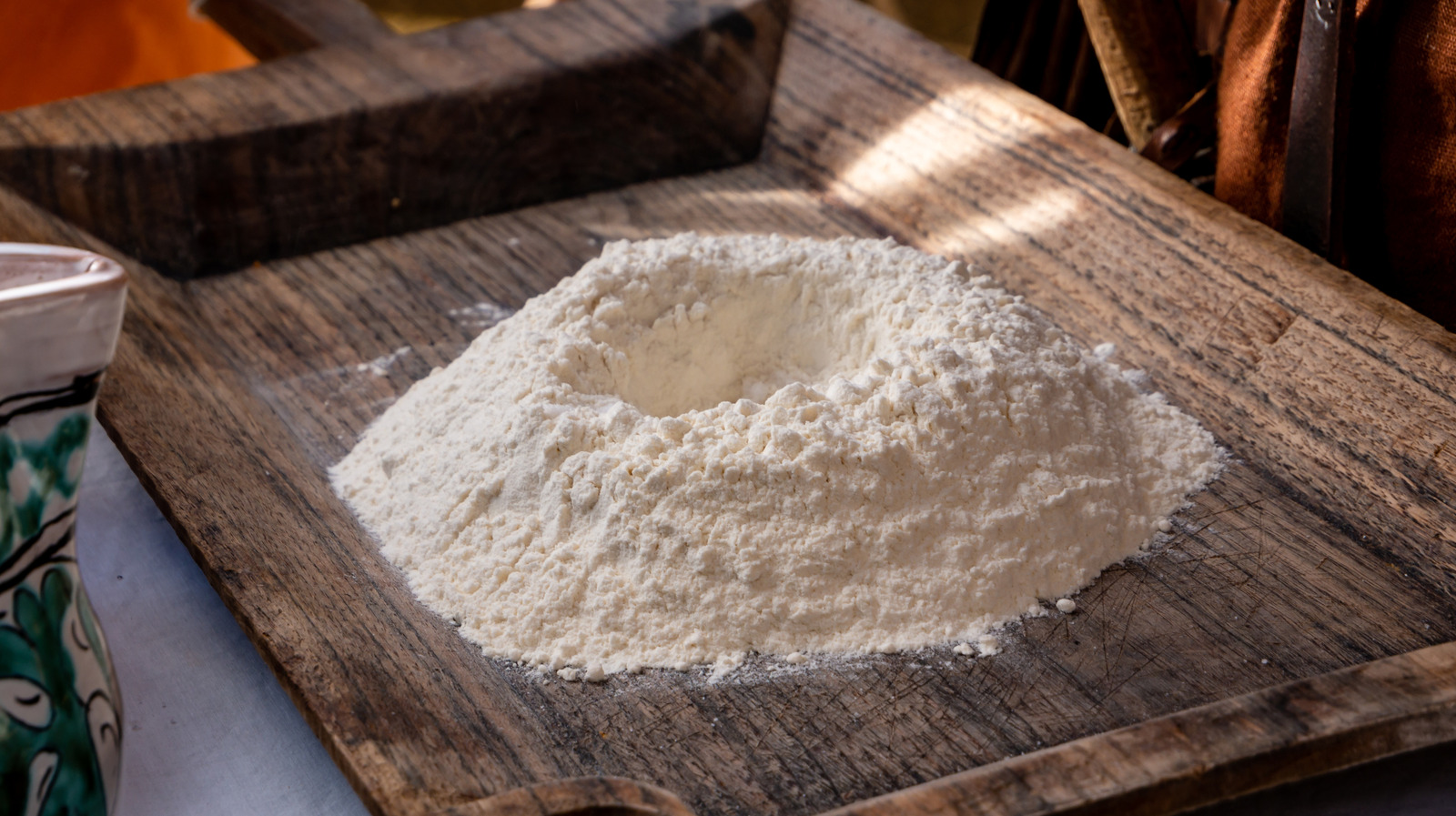
"The primary distinction lies in the protein content...bread flour is milled from hard wheat and boasts a protein level of about 12-14%, while all-purpose flour sits in the more moderate range of 9-12%."
"For bread, choosing the right flour can be the difference between a dense loaf or the desirable airy, chewy one. The extra protein and gluten in bread flour gives the dough enough stability to rise."
"On the other hand, all-purpose flour has just enough protein for a balanced approach that’s ideal for cookies, cakes, muffins, pancakes, and quick breads."
"In a side-by-side comparison, you’ll notice that bread flour has an off-white color plus a more coarse texture, which comes from it being made out of high-protein hard wheat."
Using bread flour instead of all-purpose flour can significantly affect the outcome of baked goods, particularly breads and pastries. Bread flour contains a higher protein content (12-14%) compared to all-purpose flour (9-12%), which enhances gluten development and provides the necessary structure for lighter, airier bread. This flour also has a coarser texture and off-white color. While all-purpose flour is suitable for many baking needs, bread flour is preferential for recipes requiring stability, such as bagels and pizza dough.
Read at Tasting Table
Unable to calculate read time
Collection
[
|
...
]